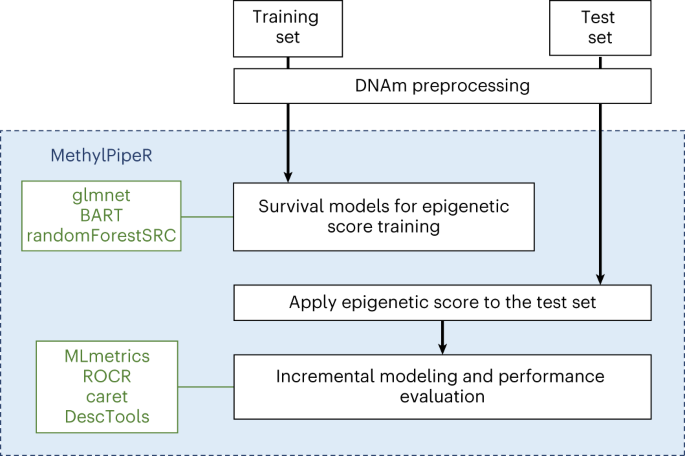2023-04-06 カロリンスカ研究所(KI)
研究者たちは、遺伝的傾向とBMIの高さとの関係を調査するために、スウェーデンの双生児登録簿のデータを使用し、15,000人以上の人々のBMIと心血管疾患の発症率を分析した。肥満により生じる疾患には、遺伝的要因と生活習慣など環境的要因があるが、肥満により心血管疾患が引き起こされるリスクは、遺伝的要因による肥満の人よりも、環境的要因による肥満の人で高いことが示された。
ただし、全ての肥満の人は、健康的な体重の人に比べて心血管疾患のリスクが高いため、健康なライフスタイルの維持が重要であるとされている。
<関連情報>
- https://news.ki.se/people-with-obesity-due-to-genetic-predisposition-have-lower-risk-of-cardiovascular-disease
- https://www.thelancet.com/journals/eclinm/article/PIIS2589-5370(23)00120-7/fulltext
遺伝的・環境的に予測される肥満と心血管疾患との関連:全国規模のコホート研究 Genetically and environmentally predicted obesity in relation to cardiovascular disease: a nationwide cohort study
Elsa Ojalehto,Yiqiang Zhan,Juulia Jylhävä,Chandra A. Reynolds,Anna K. Dahl Aslan,Ida K. Karlsson
eClinicalMedicine Published:April 06, 2023
DOI:https://doi.org/10.1016/j.eclinm.2023.101943

Summary
Background
Evidence indicates that the adverse health effects of obesity differ between genetically and environmentally influenced obesity. We examined differences in the association between obesity and cardiovascular disease (CVD) between individuals with a genetically predicted low, medium, or high body mass index (BMI).
Methods
We used cohort data from Swedish twins born before 1959 who had BMI measured between the ages of 40–64 years (midlife) or at the age of 65 years or later (late-life), or both, and prospective CVD information from nationwide register linkage through 2016. A polygenic score for BMI (PGSBMI) was used to define genetically predicted BMI. Individuals missing BMI or covariate data, or diagnosed with CVD at first BMI measure, were excluded, leaving an analysis sample of 17,988 individuals. We applied Cox proportional hazard models to examine the association between BMI category and incident CVD, stratified by the PGSBMI. Co-twin control models were applied to adjust for genetic influences not captured by the PGSBMI.
Findings
Between 1984 and 2010, the 17,988 participants were enrolled in sub-studies of the Swedish Twin Registry. Midlife obesity was associated with a higher risk of CVD across all PGSBMI categories, but the association was stronger with genetically predicted lower BMI (hazard ratio from 1.55 to 2.08 for those with high and low PGSBMI, respectively). Within monozygotic twin pairs, the association did not differ by genetically predicted BMI, indicating genetic confounding not captured by the PGSBMI. Results were similar when obesity was measured in late-life, but suffered from low power.
Interpretation
Obesity was associated with CVD regardless of PGSBMI category, but obesity influenced by genetic predisposition (genetically predicted high BMI) was less harmful than obesity influenced by environmental factors (obesity despite genetically predicted low BMI). However, additional genetic factors, not captured by the PGSBMI, still influence the associations.
Funding
The Strategic Research Program in Epidemiology at Karolinska Institutet; Loo and Hans Osterman’s Foundation; Foundation for Geriatric Diseases at Karolinska Institutet; the Swedish Research Council for Health, Working Life and Welfare; the Swedish Research Council; and the National Institutes of Health.


